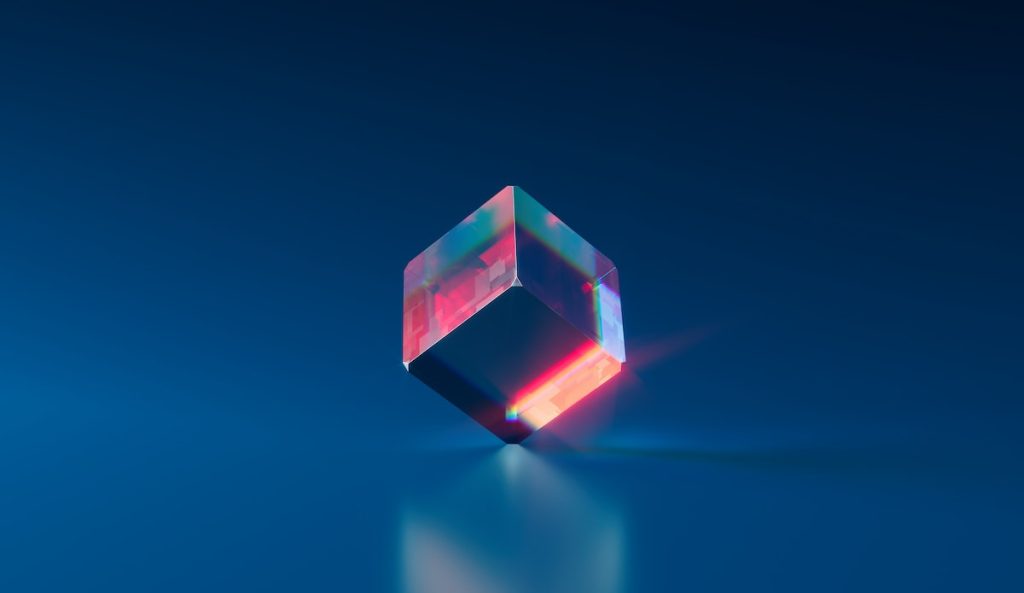Table of Contents
3D rendering is a process by which a 3D model is changed into a high-quality 2D image. It has become integral to many industries like architecture, engineering, filmmaking, and animation. It allows us to create highly realistic images that can be used for various applications, from video game graphics to product design.
However, anything good comes with a price! Like the case with every modern tool, certain issues can arise when we render images. This blog will explore some common problems associated with 3D rendering and how we can solve them.

Common 3D Rendering Problems and Solutions
Several common problems related to 3D rendering can arise while creating 3D graphics, animations, and visual effects. Various factors, including hardware and software issues, incorrect settings, etc., can cause these problems. Here are some common rendering problems and suggestions for how to solve them:
1. Slow Rendering Times
Rendering 3D graphics can be computationally intensive. If the computer needs more power or has too many objects and high-resolution textures in our scene, it can lead to slow rendering times. To improve rendering performance, optimize the set by reducing the number of polygons in the models, using lower-resolution textures, and enabling render settings such as bounding box rendering and low-resolution preview.
2 Noise Or Artefacts in The Rendering
Noise in the rendering can be caused by various factors, including insufficient sampling, insufficient light, or a high specular value. To reduce noise and artefacts, we can increase the number of samples, add lighter to the scene, and lessen the specular value of your materials.
3. Incorrect Lighting
Incorrect lighting can make the rendering look unrealistic or flat. To fix this, we can adjust the intensity and colour of the lights, add more lights to the scene to create more contrast and depth, and experiment with different lighting setups and techniques.
4. Poor Shading
Poor shading can make the rendering look unrealistic or flat. To improve shading, we can adjust the material properties of our objects, such as the specular value and roughness, and experiment with different lighting setups and techniques.
5. Missing Or Distorted Textures
It can be caused by incorrect UV mapping or a problem with the texture file itself. To fix this, we can check the UV mapping of the objects and make sure the texture files are correctly linked and formatted.
If required, we can also outsource the 3D Rendering Services to the experts, offering their services on a contractual or freelance basis. This way we can get the expertise as and when required, without hiring someone on a full-time basis.
Troubleshooting Tips for 3D Modeling Problems

3D Modeling Services have become increasingly popular for visualizing 3D scenes and objects. It allows us to create realistic images from computer-generated models, which can be used in various applications.
The first step to solving any 3D rendering problem is identifying its origin. Common problems include incorrect settings, software bugs, hardware limitations, or external factors (such as an unstable internet connection).
If we are using an external service such as cloud computing services like AWS or Google Cloud Platform, check their documentation for helpful advice on troubleshooting any issues we may encounter when using their services.
Troubleshooting Strategies and Fixes For 3D Modeling and Rendering
Once we have identified the source of the problem, it’s time to start troubleshooting. The following strategies may help us solve some common 3D rendering problems:
1. Review The Settings – Make sure that all our settings are correct for what we are trying to do. If something isn’t set up correctly, this could result in unexpected results or errors during the render process.
2. Update The Software – Ensure we are running the latest version of the software and any updates available from the manufacturer (e.g., GPU drivers). This will help ensure that the software is compatible with new features and bug fixes that may be released over time.
3. Optimize The Graphics Card – Optimize the graphics card settings, if possible, as this could improve performance during renders. This could include adjusting clock speeds or activating specific performance settings within the GPU control panel.
4. Clear Cache/Temp Files – Clearing out temporary files and caches can help speed up renders as they take up space on the drive that could be used more productively elsewhere during renders. If possible, try deleting these before each render session. to ensure everything runs smoothly.
5. Check Internet Connection – If using an external service such as cloud computing platforms like AWS or Google Cloud Platforms, we need to make sure that our internet connection is stable throughout the process. Otherwise, it could lead to errors or slowdowns during renders due to network congestion/instability etc.
The Conclusion
3D rendering can be a complex and time-consuming process prone to errors. Even the most experienced and knowledgeable 3D artists will encounter issues as they render their projects. However, with an understanding of the most common issues that arise in 3D rendering projects, it is possible to identify and resolve them quickly. This can help streamline the production process and ensure our project looks as great as possible.



